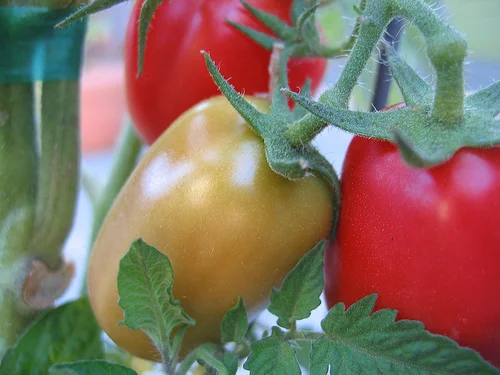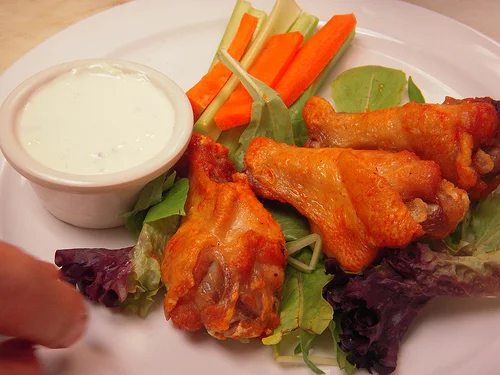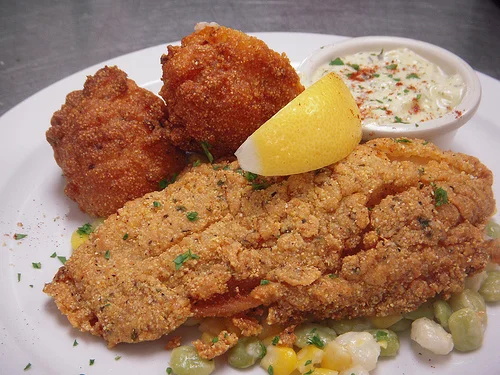New England Cuisine
In American Cuisine---one of my culinary classes---we are learning about cuisines of varying regions across the country. Our first exposure to regional cuisine was New England; it includes Maine, Massachusetts, New Hampshire, Rhode Island, and Vermont.*
1620 brought pilgrims to the shores of New England; they settled Plymouth Colony and were taught by Native Americans how to fish, what to farm, and how to preserve foods for the harsh winters. Common foods included Indian corn (maize), squash & beans. Today you might recognize famous dishes like Johnnycakes (cornbread), Indian Puddings (cornmeal, milk, molasses), Baked Beans & Succotash. Succotash is a combination of corn, squash & beans. Baked beans were first cooked in deer hides underground with maple sugar and bear fat.
The 1880's brought immigrants from Ireland, Italy and Portugal to the rocky shores, prairies and mountains of New England; their culinary customs came with them. Single pot braises and stews led to what today is called the New England Boiled Dinner (beef brisket with potatoes, carrots, onions, cabbage... we served it with horseradish sauce).
Early New England farms grew root vegetables, tons of berries and cultivated pear and apple orchards. Livestock, sheep, chicken and pigs were common; wheat and rye were planted and cider and ale the main beverages. Fishing was---and still is---central to the economy and tables of New England. Cape Cod and Nantucket are part and parcel to this part of the states; Maine Lobster is famous as is the bounty of cod, shellfish and other seafood native to this area.
For class, to honor New England Cuisine, we made New England Clam Chowder, Boston Baked Beans, Steamed Clams in white wine sauce with Beurre Blanc (we work in teams, making some things together and others by ourselves. I made the Beurre Blanc and it turned out beautifully; see recipe below), Mashed Sweet Potato and Blueberry Cobbler.
Beurre Blanc (good to serve as a dipping sauce for seafood) 2 T white wine 4 T white wine vinegar 1 1/2 tsp salt 1/2 tsp white pepper 1 T shallot, minced 1 stick butter (4 oz or 1/2 cup) cut into cubes, chilled
Combine all but butter in saucepan; reduce liquid to 1 T (if it goes all dry, add a touch more wine/vinegar and simmer until you have about a Tablespoon). Heat on low, add chilled butter one at a time, whisking. Add the first one slowly, making sure it combines well with the reduction liquid. After the first few, you can add butter cubes more steadily. When all butter is incorporated, strain and serve.
Descriptions of cuisines, associated states, historical facts and recipes come from one of my textbooks for culinary school: American Regional Cuisine, Second Edition, The Art Institutes.

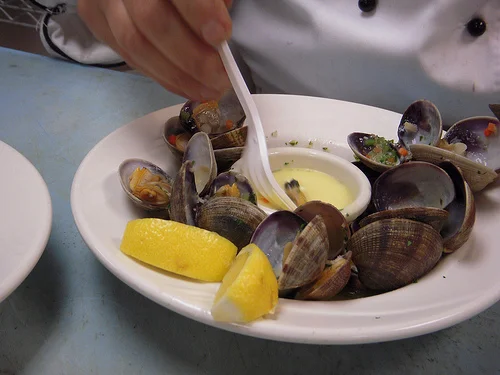

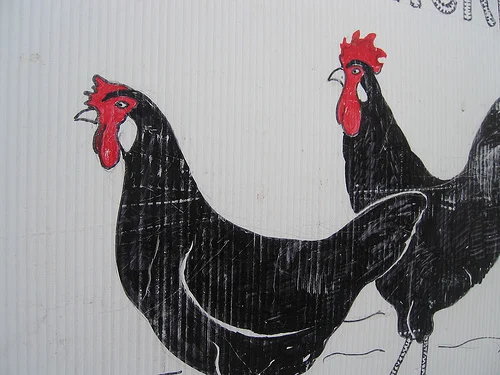
![Potatoes [Pommes] Anna](https://images.squarespace-cdn.com/content/v1/57a8c60be4fcb51e7fd15f9c/1470777852071-ZKU65ECOMWI380DFL8QD/3107329375_2f5440f125.jpg)
